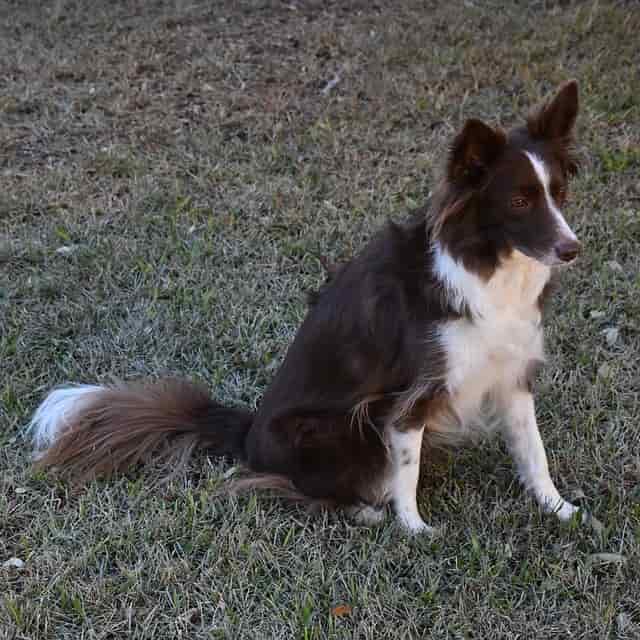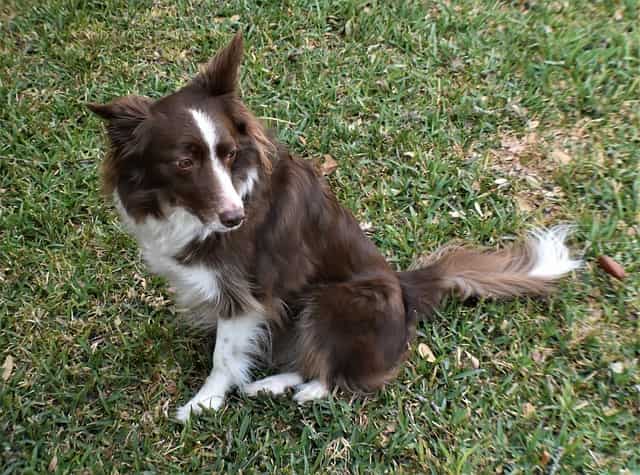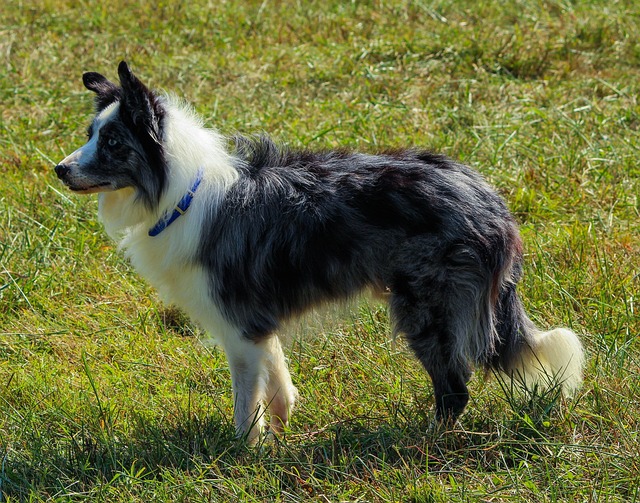
Do border collies have tails? Yes, border collies do have tails, but they are typically shorter than the tails of other breeds.
The length of a border collie’s tail can vary, but it is usually around 4-6 inches long. This is due to a natural genetic mutation that affects the development of the tail. While some breeders may choose to dock the tail for aesthetic or practical reasons, it is not necessary for the health or well-being of the dog. It is important to note that tail docking is illegal in some countries and states, so it is always best to check local laws and regulations before making any decisions about your dog’s tail.
Overall, the presence of a tail on a border collie is a natural and normal characteristic of the breed. While the tail may be shorter than other breeds, it serves the same purpose of helping the dog with balance and communication. Understanding the unique traits of the border collie, including their tail, can help owners provide the best possible care for their furry friends.
Physical Characteristics
Size and Weight
Border Collies are medium-sized dogs, with males typically standing 19-22 inches tall at the shoulder and weighing 30-45 pounds, while females are slightly smaller, standing 18-21 inches tall and weighing 27-42 pounds.
Coat and Colors
Border Collies have a medium-length, smooth coat that comes in a variety of colors, including black and white, red and white, and tricolor. The coat can be either rough or smooth, with the rough coat being longer and coarser than the smooth coat.
Ears and Eyes
Border Collies have medium-sized ears that are set high on their heads and can be either erect or semi-erect. Their eyes are oval-shaped and come in a variety of colors, including brown, blue, and amber.
Tail Structure
Border Collies have tails, which are set low and taper to a point. The tail is usually carried low, but can be raised when the dog is excited or alert.

Tail Specifics
Length and Appearance
Border Collies have tails that are naturally long and bushy, and they typically reach down to the hock. The tail is an extension of the spine and is covered in fur that is similar to the rest of the dog’s coat. The tail is an important part of the dog’s body, as it helps with balance and coordination during movement.
Role in Communication
The tail of a Border Collie plays an important role in communication. When a Border Collie is happy or excited, it will wag its tail vigorously. When the dog is nervous or anxious, the tail will be tucked between the legs. A tail that is held high and still can indicate that the dog is alert and focused.
Docking Controversy
Tail docking, the practice of removing part of a dog’s tail, has been a controversial topic for many years. The practice was traditionally performed on working dogs, such as Border Collies, to prevent injury during herding. However, in many countries, tail docking has been banned or restricted due to concerns about animal welfare.
The American Kennel Club (AKC) allows tail docking for certain breeds, including the Border Collie, but only if it is done within a specific timeframe and for specific reasons. The AKC also requires that the dog’s tail be docked in a way that preserves the natural balance of the dog’s body.

Frequently Asked Questions
What is the natural tail length of a Border Collie?
The natural tail length of a Border Collie is around 12-16 inches. However, some Border Collies may have longer or shorter tails.
What is the significance of a Border Collie’s tail position?
A Border Collie’s tail position can indicate their mood and behavior. When a Border Collie is excited or happy, their tail may be held high or wagging. If they are feeling nervous or anxious, their tail may be tucked between their legs.
What are the potential health risks of tail docking in Border Collies?
Tail docking in Border Collies can result in potential health risks such as infection, bleeding, and pain. It can also affect their ability to communicate with other dogs through body language.
Do Border Collies experience pain during tail docking?
Yes, Border Collies can experience pain during tail docking. The procedure involves cutting through skin, muscle, and nerves, which can be painful for the dog.
What is the breed standard for Border Collie tails?
The breed standard for Border Collie tails is that they should be left natural and not docked. However, some breeders and owners may choose to dock their dog’s tail for cosmetic or practical purposes.
How can you tell if a Border Collie’s tail is injured or in pain?
If a Border Collie’s tail is injured or in pain, they may show signs of discomfort such as whining, yelping, or avoiding being touched near their tail. They may also hold their tail in an unusual position or avoid wagging it. It is important to seek veterinary care if you suspect your Border Collie’s tail is injured or in pain.